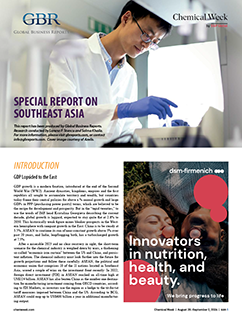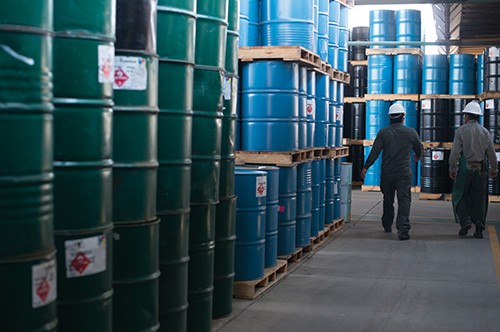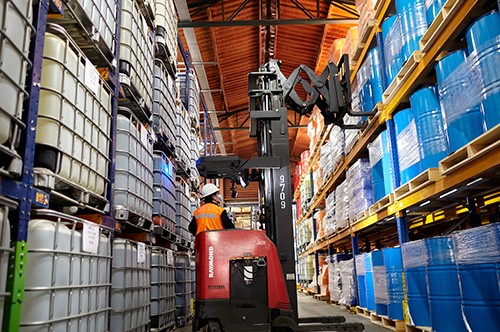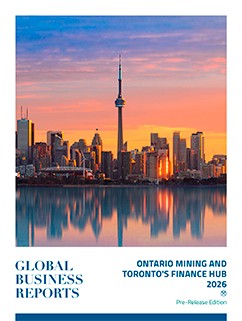
PUBLICATION
Southeast Asia Chemicals 2024 CW Release
After a miserable 2023 and no clear recovery in sight, the short-term scenario for the chemical industry is weighed down by wars, a thickening so-called “economic iron curtain” between the US and China, and persistent inflation. The chemical industry must look further into the future for growth projections and follow these carefully.
In the “tepid twenties,” to use the words of IMF head Kristalina Georgieva describing the current decade, global growth is laggard, expected to stay quite flat at 2.8% to 2030. This historically weak figure mixes bleaker prospects in the Western hemisphere with rampant growth in the East: China is to be steady at 3.5%, ASEAN to continue its run of near-constant growth above 5% over past 20 years, and India, leapfrogging both, has a turbocharged growth at 7.5%.
ASEAN is expected to rise from fifth to the fourth largest economy in the world by 2030. Singapore, one of the Four Asian tigers (alongside Hong Kong, South Korea, and Taiwan) is a magnet for FDI, especially in high-tech and R&D-heavy sectors. Meanwhile, the so-called “tiger cubs,” the developing economies of Indonesia, Malaysia, the Philippines, Thailand, and Vietnam (known also as the Emerging 5), have the strongest growth outlook to 2030 among major regional groupings. The Philippines and Vietnam will be making the biggest jumps, predicted to become the 19th and 20th largest economies globally by 2050.
Predictably, the chemical sector has also shifted to Asia, with net outflows normally directed to Western Europe going to Asia Pacific in the past three years. The Southeast Asian chemical industry is forecasted to grow from US$239 billion in 2022 to US$448 billion by 2030, noted the Minister of Investment, Trade and Industry of Malaysia.
Across the hydrocarbon value chain, the chemical industry is making some of the hardest market calculations it has done in years – possibly ever – as demand, supply, and everything that links the two in the convoluted global value chain have not followed any “normal” pattern since the start of the pandemic.













